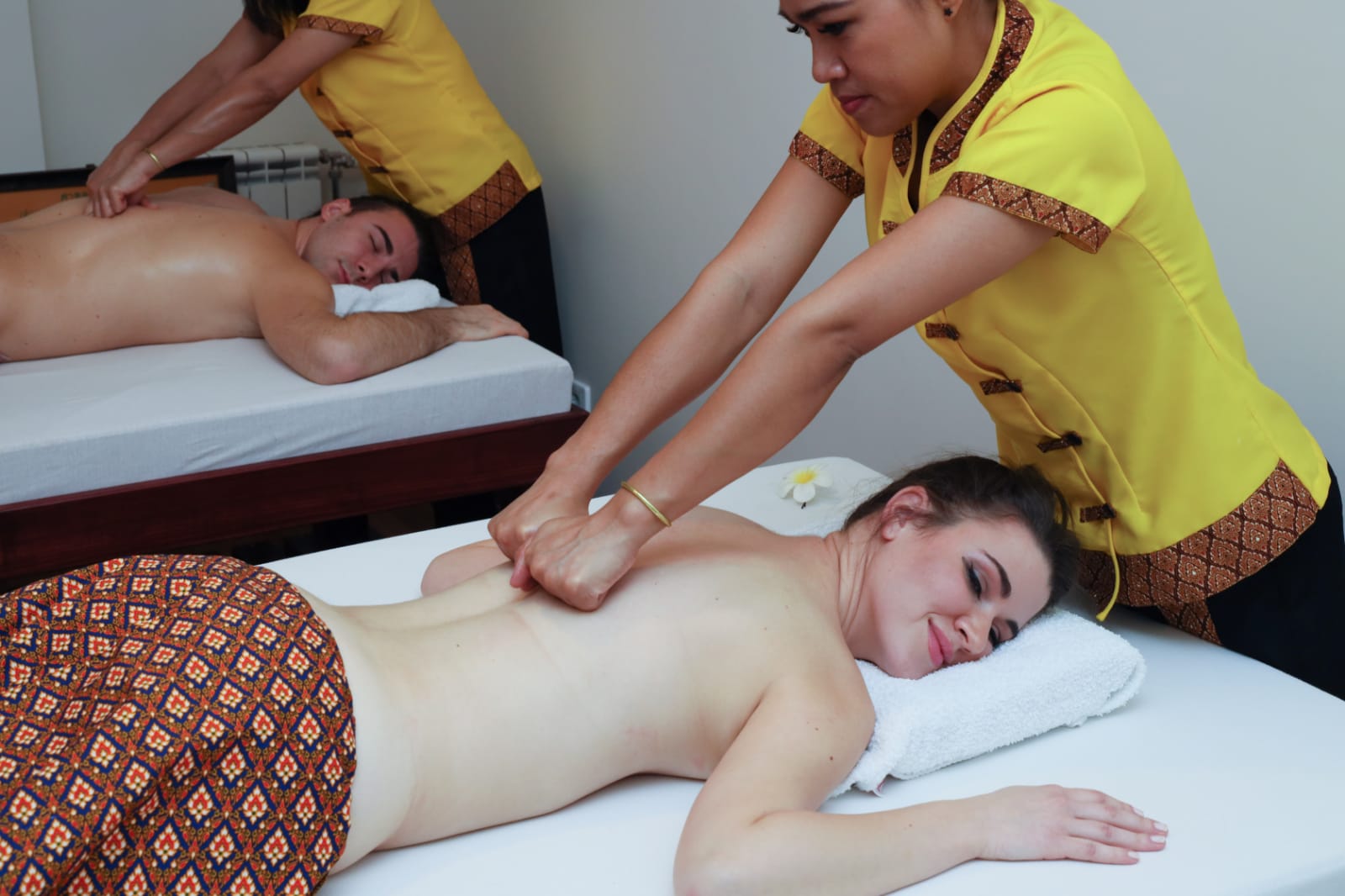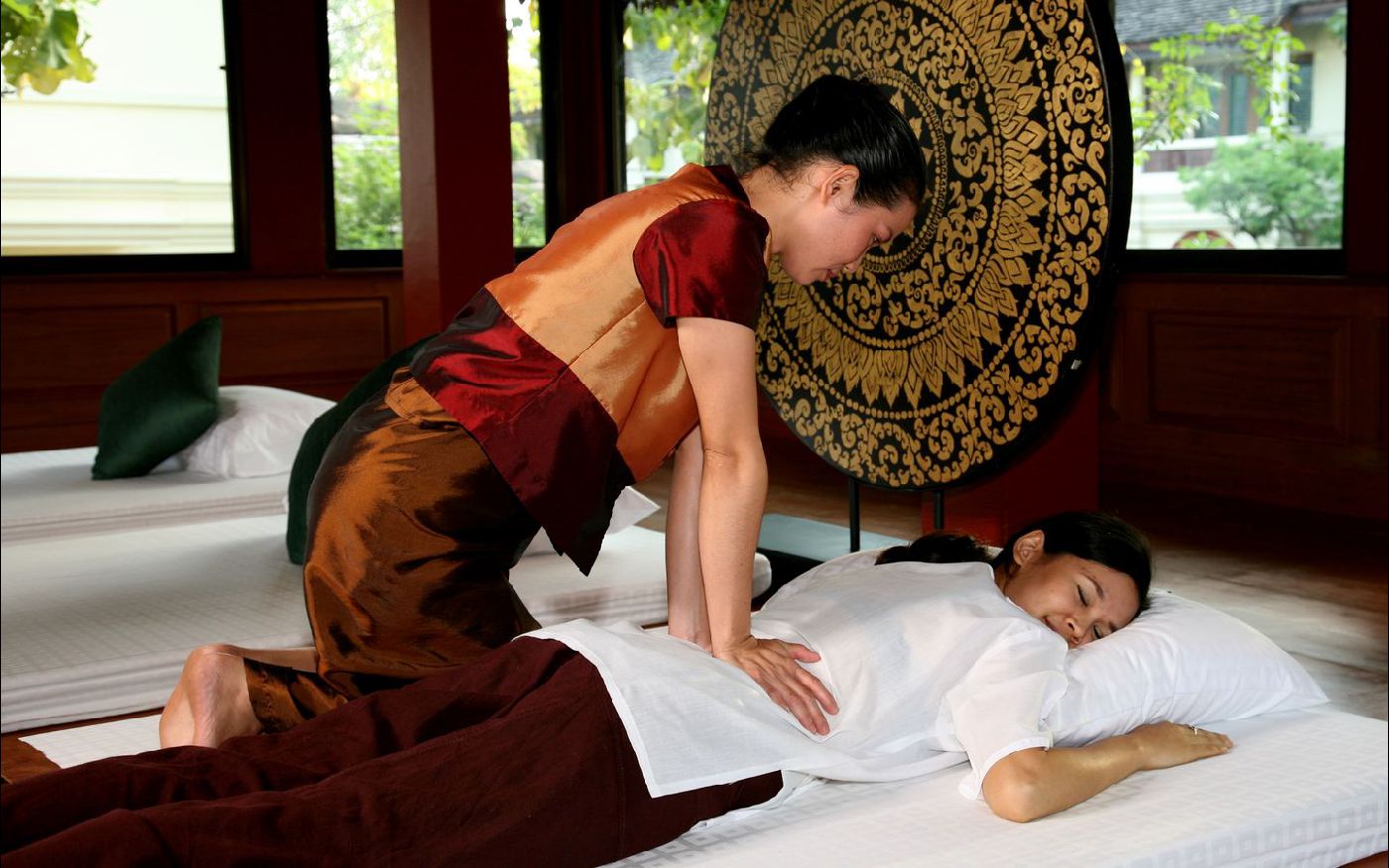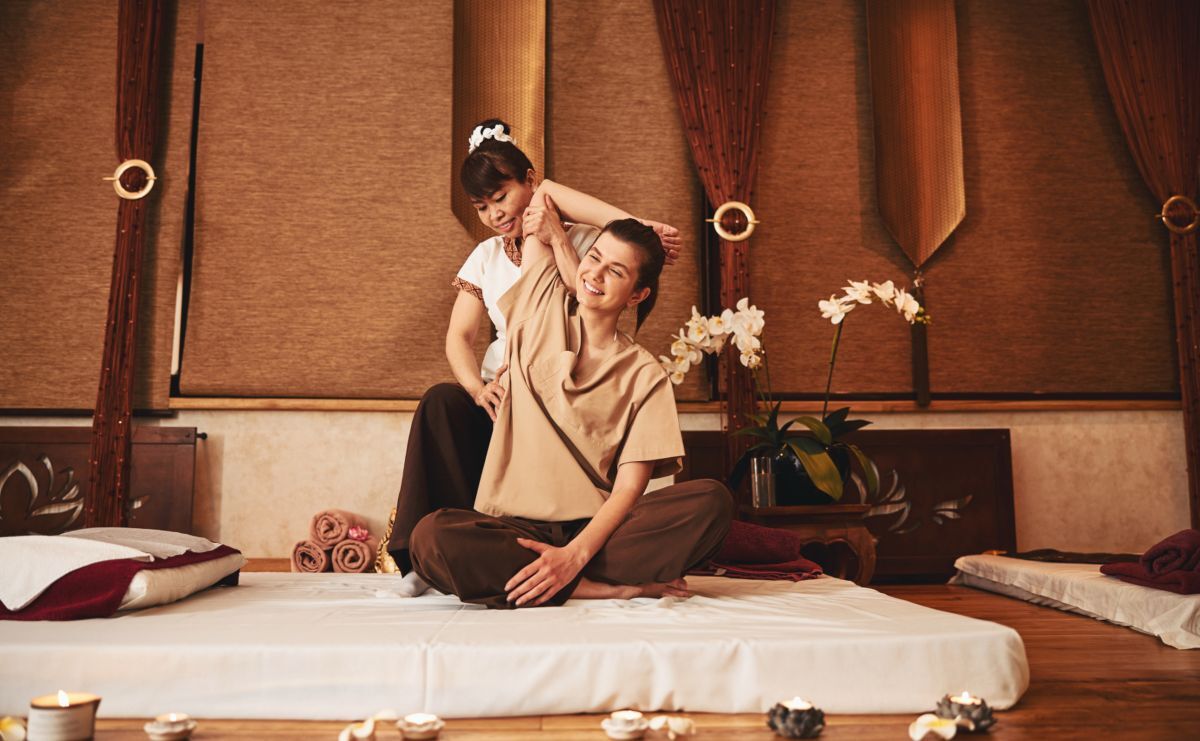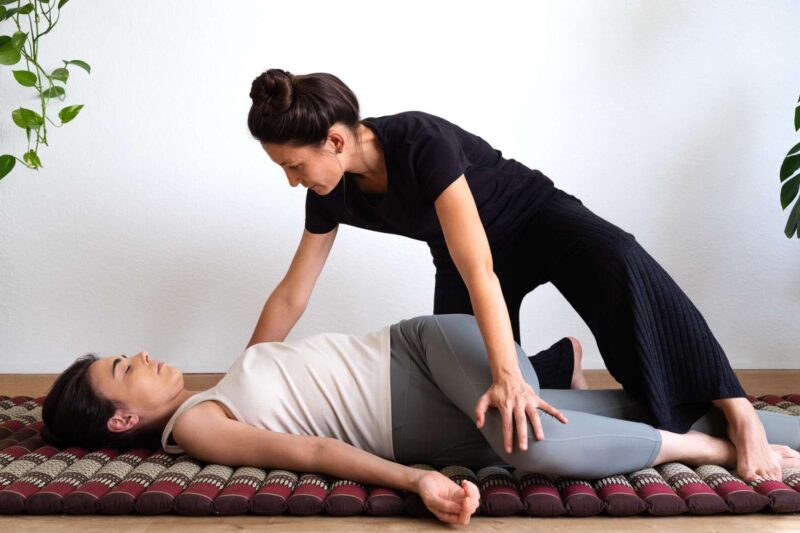Traditional Thai massage, known as Nuad Bo Rarn in Thai, is a centuries-old healing practice that dates back to the time of Buddha. This ancient form of bodywork incorporates elements of yoga, acupressure, and meditation to provide a therapeutic and deeply relaxing experience for both the practitioner and the recipient.
Originating in Thailand, this traditional massage technique has been passed down through generations and holds great cultural significance in Thai society. It is not just a physical practice but also a spiritual and therapeutic art form that aims to balance the bodys energy and promote overall well-being.
Understanding the origins and cultural importance of traditional Thai massage can offer insight into the rich history and traditions of this ancient healing practice.
1. History of Traditional Thai Massage

The history of traditional Thai massage dates back over 2,500 years, originating from the teachings of the legendary physician and founder of Thai medicine, Shivago Komarpaj.
This ancient healing practice combines elements of Ayurvedic medicine, yoga, and traditional Chinese medicine to provide a holistic approach to health and wellness. Passed down through generations, Thai massage has evolved and adapted to incorporate a diverse range of techniques and styles, each with its own unique benefits.
Today, traditional Thai massage is not only a popular form of relaxation and rejuvenation but also a deeply ingrained part of Thai culture and heritage, with practitioners highly respected for their skill and knowledge.
2. The Origins of Thai Massage

The origins of traditional Thai massage can be traced back thousands of years to the ancient healing practices of Ayurvedic medicine in India. These practices were eventually brought to Thailand by Buddhist monks, where they were further developed and integrated with local healing techniques.
Thai massage, also known as Nuad Bo Rarn, incorporates elements of yoga, acupressure, and meditation, aimed at balancing the energy flow within the body. The practice emphasizes the idea of physical and emotional wellness being interconnected, with the belief that blockages in the bodys energy pathways can lead to illness.
Thai massage has become not only a popular form of therapy but also a cultural tradition that is ingrained in the fabric of Thai society.
3. Cultural Significance of Traditional Thai Massage

The cultural significance of traditional Thai massage is deeply rooted in ancient practices and beliefs that have been passed down through generations. Originating in Thailand over 2,500 years ago, this traditional healing practice combines elements of acupressure, assisted yoga stretching, and Ayurvedic principles to promote physical, mental, and spiritual well-being.
Thai massage is not only a form of bodywork but also a way to connect with the body, mind, and spirit to restore balance and harmony. It is a holistic approach to health and wellness that honors the interconnectedness of the body and the environment.
Through the practice of traditional Thai massage, practitioners not only seek to alleviate physical ailments but also to cultivate a sense of relaxation, mindfulness, and inner peace. Despite its ancient origins, traditional Thai massage continues to evolve and adapt to modern times, remaining a treasured cultural tradition in Thailand and around the world.
Conclusion
In conclusion, Traditional Thai Massage holds a rich history deeply rooted in Thai culture and traditions. Originating from ancient healing practices and influenced by the teachings of Buddhism, this form of massage therapy has not only physical benefits but also spiritual and mental well-being.
Its cultural significance is evident in the way it is performed with respect and mindfulness, promoting harmony and balance in both the body and mind. As we continue to appreciate and embrace the art of Traditional Thai Massage, it serves as a reminder of the importance of self-care and holistic healing practices in today’s modern world.
Remember to experience the benefits of this ancient art firsthand through a visit to a reputable spa or massage center like 대구마사지.


